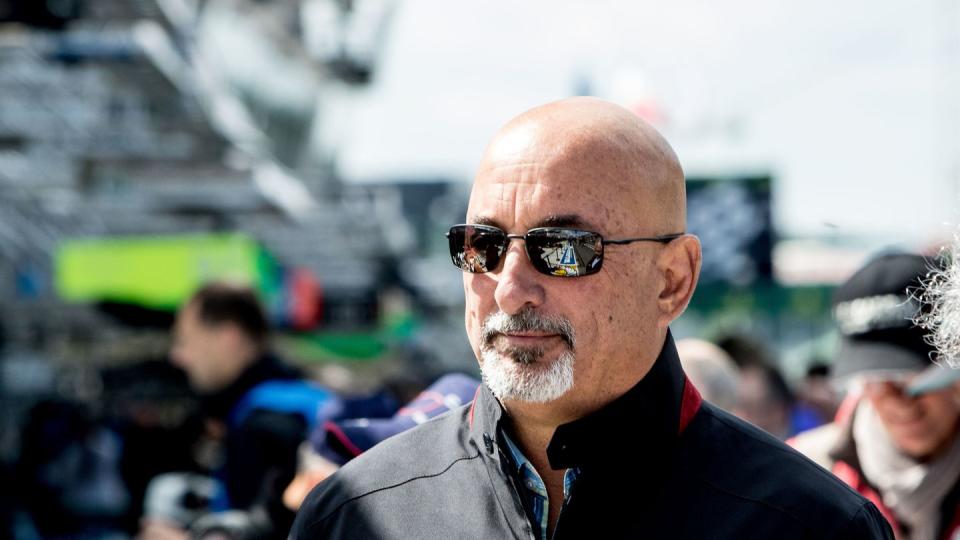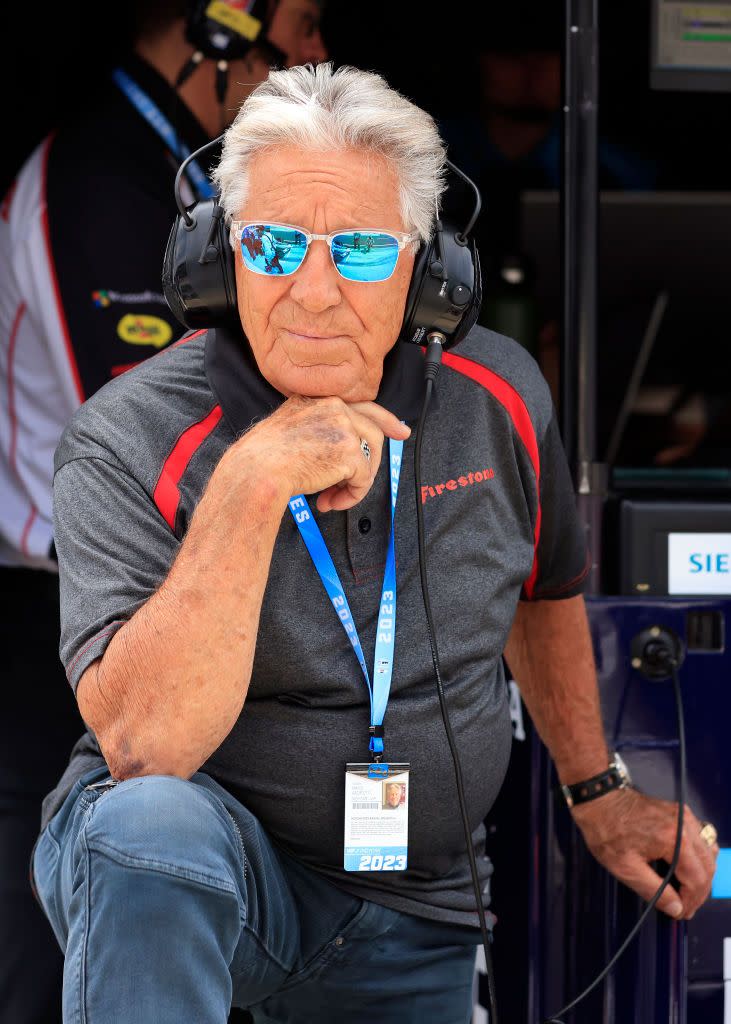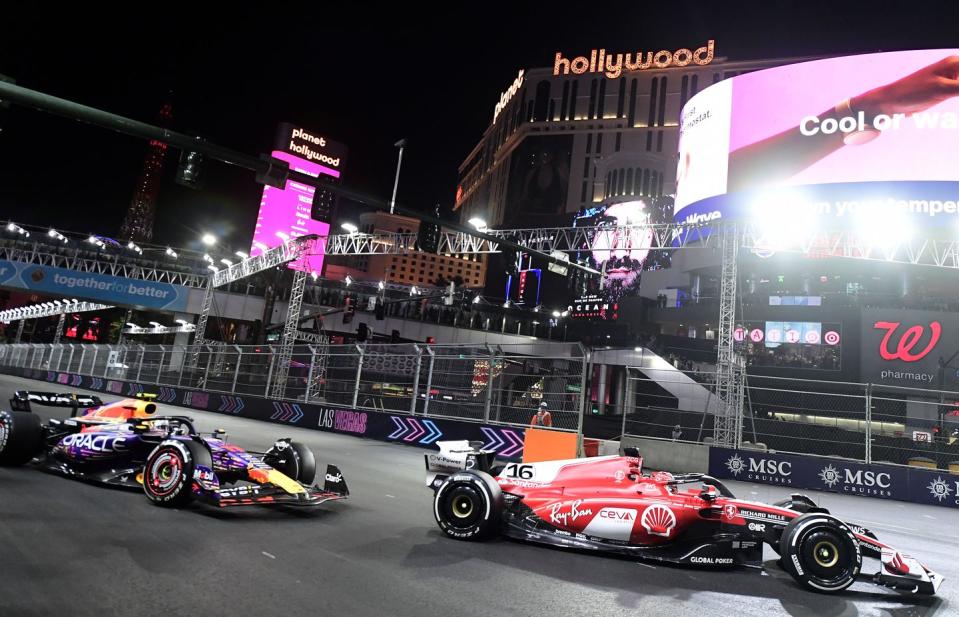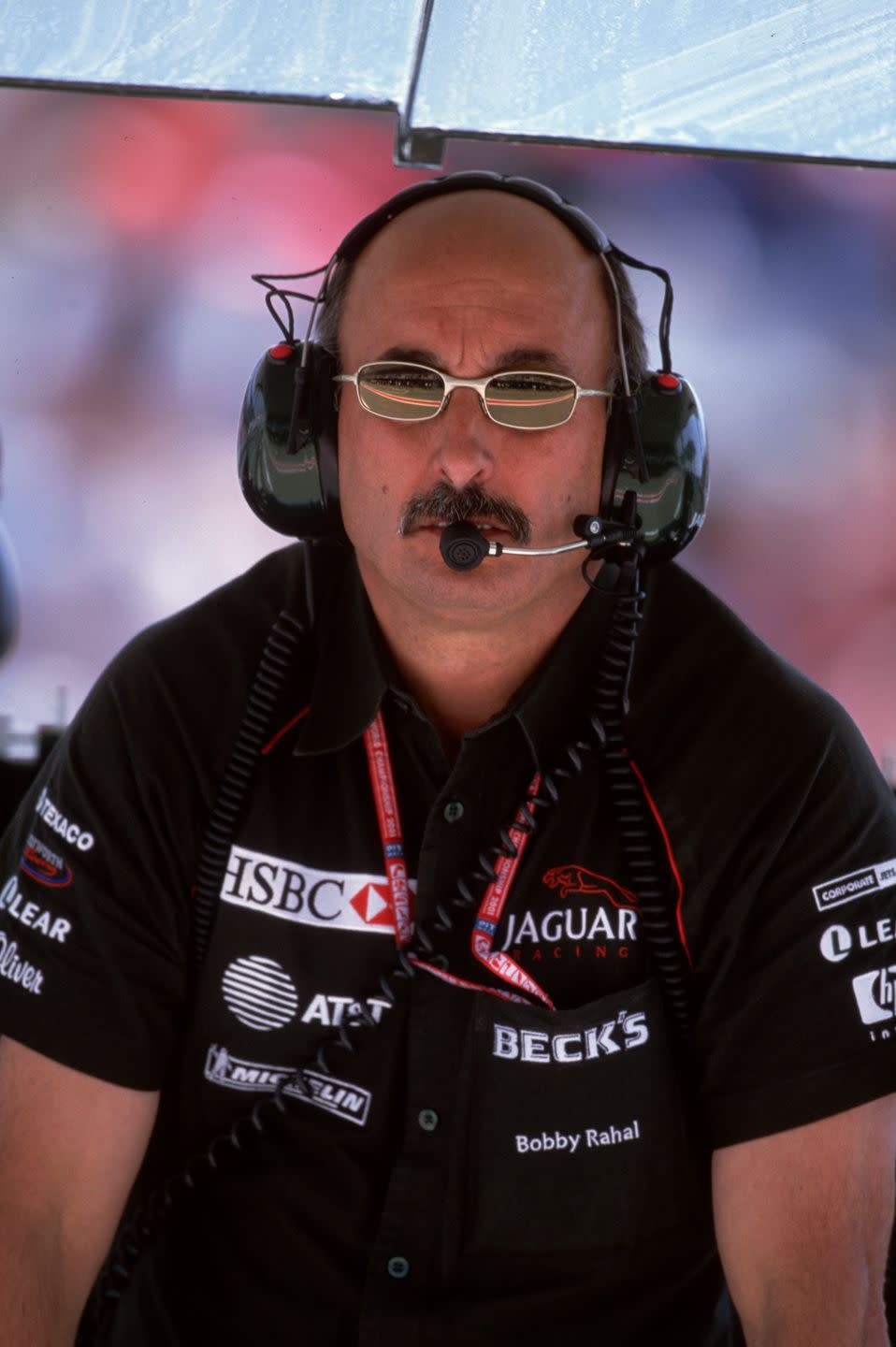Bobby Rahal Says F1 Cold Shoulder to Andretti Cadillac Bid Is an Insult to Mario

There’s nothing like catching up with some of the biggest names in racing, and that certainly describes 1986 Indianapolis 500 winner, three-time CART champion and longtime IndyCar team owner Bobby Rahal.
Autoweek recently spoke to the primary owner of Rahal Letterman Lanigan Racing on a number of topics, including Formula 1, the state of IndyCar, it’s TV package, the future of Honda in IndyCar, and how his team shapes up for the 2024 season with the recent re-signing of son Graham, the return of Christian Lundgaard and newly-signed Pietro Fittipaldi.
Here's Part 1 of our interview:
Autoweek: You’re close to both Mario and Michael Andretti. What are your thoughts about the difficult time the Andretti’s have had trying to start (or buy) a team in F1 with Cadillac?
Rahal: I don’t understand it. There's really not a lot of sympathy or love for that (among current F1 team owners). You’d think they'd be doing backflips because the Andretti name wants to come to Formula 1, and particularly to build the potential audience in North America. You'd think they'd be all over that.
Formula 1 is very Eurocentric and very guarded. It's all about what's in it for them, not what's in it for the fans.

Autoweek: Speaking of the Andretti’s potentially going to F1, would you be interested in becoming a team owner there once again (he was a team principal for Jaguar back in 2001) or has that ship sailed?
Rahal: I'm 70 years old, I'm too old for that.
If I want to be involved in Formula 1, I’d just go watch a race. Yes, that ship has really sailed.
It’s such a cutthroat business as compared to motorsport here. It's very much a closed society and in a lot of ways it was that way when I was in it. It's just a different approach. You’ve got General Motors, for God's sakes, wanting to go to Formula 1 and maybe it’s part of (F1’s) negotiations, which is to make the Andretti investors and General Motors pay even more than they already were willing to pay. But like I said, you’d think they’d be doing backflips to have Mario Andretti in the paddock area. And yet there doesn't seem to be that much interest.
And it's kind of an insult to Mario, frankly.
Autoweek: If Michael and Mario get a team approved and begin racing in F1 in a few years, what do you feel is their chance for success as the second American team in the series (the other is the Haas F1 Team)?
Rahal:
“Let’s face it. When I was in Formula 1 with Jaguar (in 2001 as team principal), teams like Red Bull and Ferrari and Mercedes-Benz, they’re mature organizations that have tremendous payrolls in terms of the quality of people that work for these companies.
Look at back in the day, you had Toyota. The might of Toyota was in Formula 1 for a number of years, yet they didn’t succeed, which is pretty hard to imagine.
The access to personnel was one of the biggest challenges we faced at Jaguar, just because being the new team on the block and there probably was a lack of concern by some teams because they’ve been in the sport for 30-40 years and these guys are newbies.
Who's going to want to leave to go to them when they can be with a team that's won 15 World Championships or something else. The biggest challenge would be to find the right people.”
Autoweek: What are your thoughts about F1, particularly among fans in North America?
Rahal: I think it's probably at its peak. Already this year, fewer people, I believe, were in Miami than there were the previous year.
And remember, a lot of the people that attend those races come from outside this country. Austin was not successful for so many years, and then all of a sudden it gained interest. But even it's not where it once was. I think two years ago might have been the highest maybe.
It's hard to see that it can get a whole lot better just because of the costs involved for people. Look at Las Vegas and how expensive the tickets were and hotel rooms. But within a week or two of the race, tickets were extremely discounted and hotel rooms were going for the normal rate or even less than the normal rate. Even so, there still were a lot of a lot of empty rooms.
What people need to realize is Formula 1 does not have the interest of the American spectator as it does with international spectators. Probably the last time America really was that interested in Formula 1 was when Mario (Andretti) won the world championship (1978) because there was a connection there.
There's no real connection in Formula 1 really with America, certainly, and maybe even North America.

Autoweek: Did running the race in Las Vegas so late at night hurt F1 in the U.S. and North America?
Rahal: The television schedule, everybody hated it, especially the drivers. Everybody had to drive at 1 a.m. ET or whatever. The schedule was set for people living in Europe, the Middle East and even Asia. It was not set for the North American or South American markets.
So if (F1 was) that interested in building up their presence in North America, you’d think they'd have the race in Vegas on in primetime during the night, seven o'clock p.m. But to race at 1 a.m. (ET) or 10 p.m. (PT), depending on where you were, made it feel worse. I found that interesting and maybe even telling.”
Autoweek: Given the problems Las Vegas had, what with the sewer cover issue, ticket prices and hotel prices dropping as we got closer to the race, a fairly non-competitive race and other problems, do you envision F1 making Year 2 or 3 of the Vegas race more conducive to the North American TV viewers and not start so late?
Rahal: I have to believe that the reason they had that was for the bulk of their fans, where the interest is really the greatest amount in Europe, the Middle East and Asia. It's not in North America.
That's the reality.
Tomorrow in Part 2: Rahal on the state of IndyCar and how it can be fixed.
Follow Autoweek contributor Jerry Bonkowski on X (formerly Twitter) @JerryBonkowski

 Yahoo Autos
Yahoo Autos 